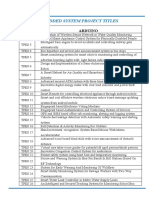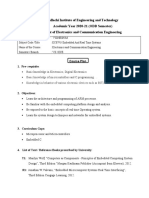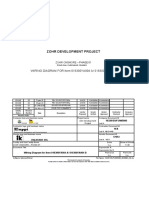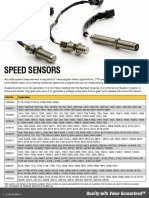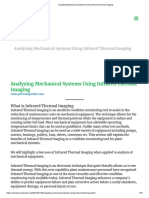0% found this document useful (0 votes)
4 views3 pagesComplex Engineering Problem RTES
The document outlines six complex engineering problems focused on real-time embedded systems, including wearable health monitoring, disaster alert systems, waste management, inventory management, smart parking, and predictive maintenance. Each problem includes key features such as real-time data processing, alerts, and integration with existing systems, while also addressing complexity factors like power consumption, reliability, and data synchronization. The aim is to develop innovative solutions to enhance efficiency and safety in various applications.
Uploaded by
abdul.59waCopyright
© © All Rights Reserved
We take content rights seriously. If you suspect this is your content, claim it here.
Available Formats
Download as PDF, TXT or read online on Scribd
0% found this document useful (0 votes)
4 views3 pagesComplex Engineering Problem RTES
The document outlines six complex engineering problems focused on real-time embedded systems, including wearable health monitoring, disaster alert systems, waste management, inventory management, smart parking, and predictive maintenance. Each problem includes key features such as real-time data processing, alerts, and integration with existing systems, while also addressing complexity factors like power consumption, reliability, and data synchronization. The aim is to develop innovative solutions to enhance efficiency and safety in various applications.
Uploaded by
abdul.59waCopyright
© © All Rights Reserved
We take content rights seriously. If you suspect this is your content, claim it here.
Available Formats
Download as PDF, TXT or read online on Scribd
/ 3












































